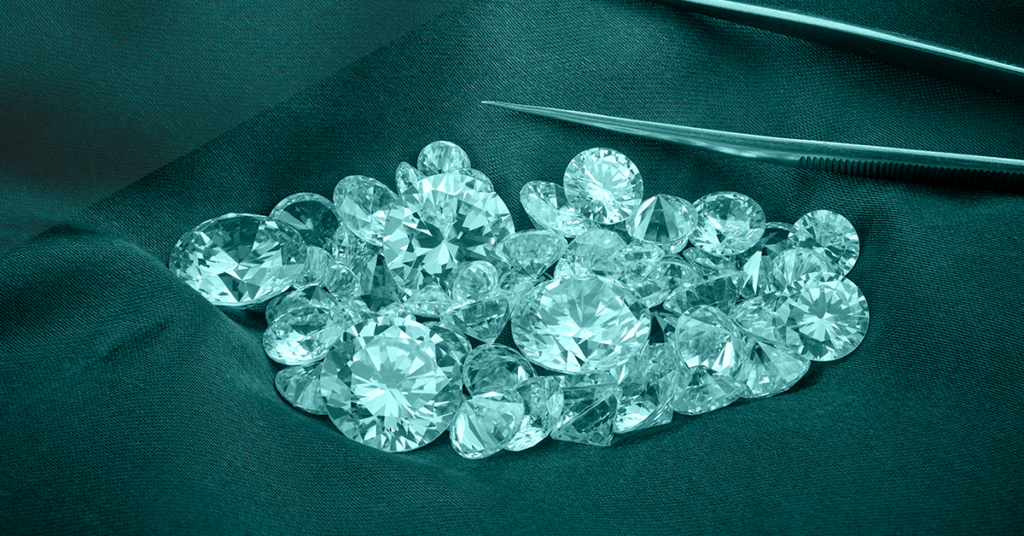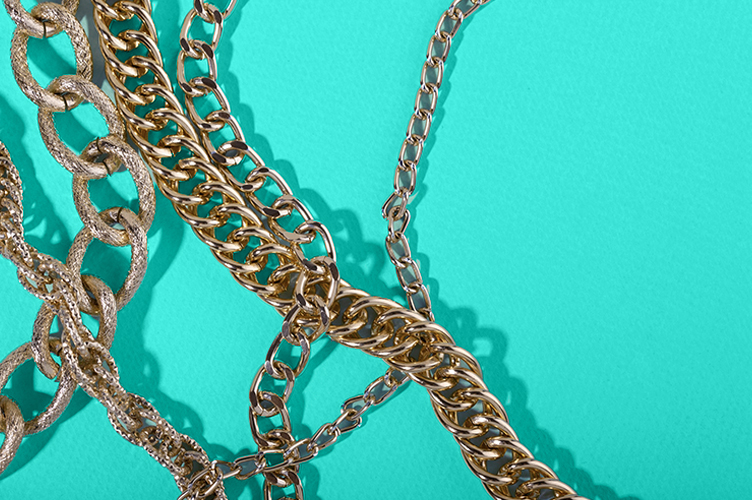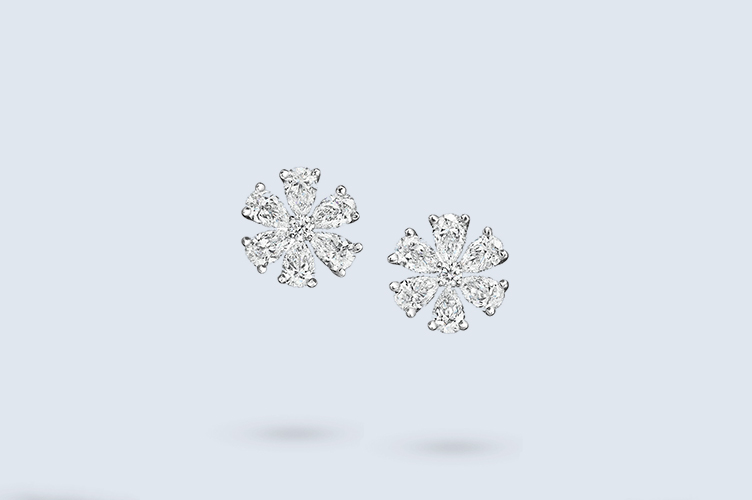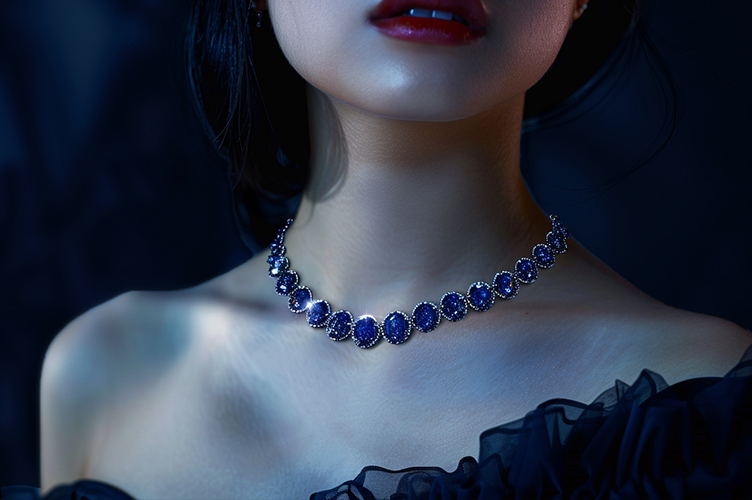Lab-grown diamonds have revolutionized the jewelry world, but many consumers are still wary of these manufactured gemstones. A fundamental question many people ask is, “Are lab-grown diamonds real?”
These diamonds are less expensive, and their makers assert that they are environmentally friendly, and more ethically sourced compared to earth-mined or natural diamonds. Lab created diamonds look the same to the untrained eye, but some diamond buyers want to buy a unique stone formed in the earth over millions of years, rather than a version that looks the same to the naked eye.
Lab-grown diamonds are actual diamonds and are often indistinguishable from natural diamonds. The same basic process creates lab-grown diamonds, but instead of taking millennia to form under pressure in the Earth’s crust, scientists fabricate lab-grown diamonds under artificial conditions in weeks.
Lab-grown diamonds can save you thousands of dollars at retail while giving you the same, if not a superior, look to natural mined diamonds. Discover why lab-grown diamonds are real and why they may be a better option for your diamond engagement ring compared to a natural or earth-mined diamond.
What is a Lab Grown Diamond?
A lab-grown or synthetic diamond is a diamond that is created in a laboratory or factory. These diamonds consist of the same material as a natural diamond, namely crystalized carbon formed into a 3-d isotropic structure, and have identical physical and chemical properties.
They are also above 10 on the Mohs hardness scale, making them the hardest known substance in the world.
How Are Lab Grown Diamonds Made?
Since their discovery in 1954, scientists have invented several methods to create lab-grown diamonds. All fabrication methods must take elemental carbon and subject it to extreme pressure or extremely high heat, often in the range of 50,000 atmospheres and 1000℃ to 3000℃.
Currently, there are two primary ways lab diamonds are made:
- High-Temperature High Pressure (HTHP)
The HTHP method uses small diamond seeds placed in a mold with carbon, heated to 1,400°C (2,550°F), and then compressed to 730,000 psi using a hydraulic anvil. This process causes the carbon to crystallize based on the structure of the diamond seed and become a diamond to fit the shape of the die.
Workers can fine-tune the diamond’s color and quality by changing the temperature or the pressure, giving lab-grown diamonds precision and quality not found in nature.
- Chemical Vapor Deposition (CVD)
Chemical Vapor Deposition was initially developed in the 1980s. CVD is a newer and easier method to synthesize a lab-grown diamond. It does not require the high levels of pressure that HTHP needs and can be used to grow diamonds on larger or differently shaped dies.
For this method, diamond dust is placed on a clean substrate film in a sealed container. It is heated to 800 °C (1,470°F), pressurized to 3.9 psi, and mixed with different amounts of energized hydrocarbon gas. This process causes diamonds to form on the film.

Are Lab Grown Diamonds as Good as Real Diamonds?
Many prospective diamond buyers wonder if lab-grown diamonds are as hard as natural diamonds or as beautiful. Some even wonder if lab-grown diamonds are considered “real” diamonds at all.
While these are reasonable questions, prospective buyers should know that lab-grown diamonds are actual diamonds down to the atomic level. Their basic chemical makeup and properties are the same as natural diamonds.
Natural and lab-grown diamonds are so similar most jewelers can’t tell the difference between the two. Some may argue that lab-grown diamonds are better than raw diamonds, as they are formed in a controlled process that eliminates the chance for imperfections found in natural diamonds.
Lab-grown diamonds aren’t simply as good as natural diamonds; they are real diamonds.

Are Lab Grown Diamonds Valuable?
If you are wondering if lab-grown diamonds are less expensive, know that lab-grown diamonds are precious stones and are often worth considerable amounts of money. However, synthetic diamonds are generally considered less costly than natural diamonds. Thus, many prospective diamond buyers wonder are lab-grown diamonds cheaper.
While they are not cheap in a quality sense, they cost less money to buy, often 30-40% less than a natural diamond of similar size and quality. Potential diamond buyers can readily translate these savings into purchasing a larger or higher quality lab created diamond than they can afford for a natural option.
It also costs less to insure a lab-grown diamond. Because their initial cost is often lower, buyers may benefit from reduced insurance premiums, even if the lab diamond is a large or high-quality stone. Lower premiums can add to the long-term savings of a lab-grown diamond as you will pay less over the policy’s lifetime.
Also Check: Most Expensive Diamond Cut | BriteCo Jewelry Insurance
Insure Your Lab-Grown Diamond Jewelry With BriteCo™
Lab-grown diamonds are a revolutionary innovation in the gem world. Their lower cost and unmatched quality allow you to purchase an exceptional stone at an attractive price point.
No matter what diamond you choose, purchasing an insurance policy for your new stone from BriteCo is fast, easy and affordable. Don’t rely on a standard homeowners insurance policy to cover your precious rings, as it might not give you the coverage you need to replace the sentimental, high-value piece.
Contact BriteCo™ to learn more about how you can insure your lab-grown diamond jewelry for as low as $5 a month and get a no obligation quote online in 30 seconds today.
Also Check:
The History of Lab Grown Diamonds | BriteCo Jewelry Insurance
See How Much Larger a Diamond You Can Get with Lab-Grown
Best Custom Lab Grown Diamond Engagement Rings
Disadvantages of Lab-Grown Diamonds | BriteCo Jewelry Insurance
The Best Lab Grown Diamond Rings | BriteCo Jewelry Insurance
Do Lab Grown Diamonds Pass a Diamond Tester?






